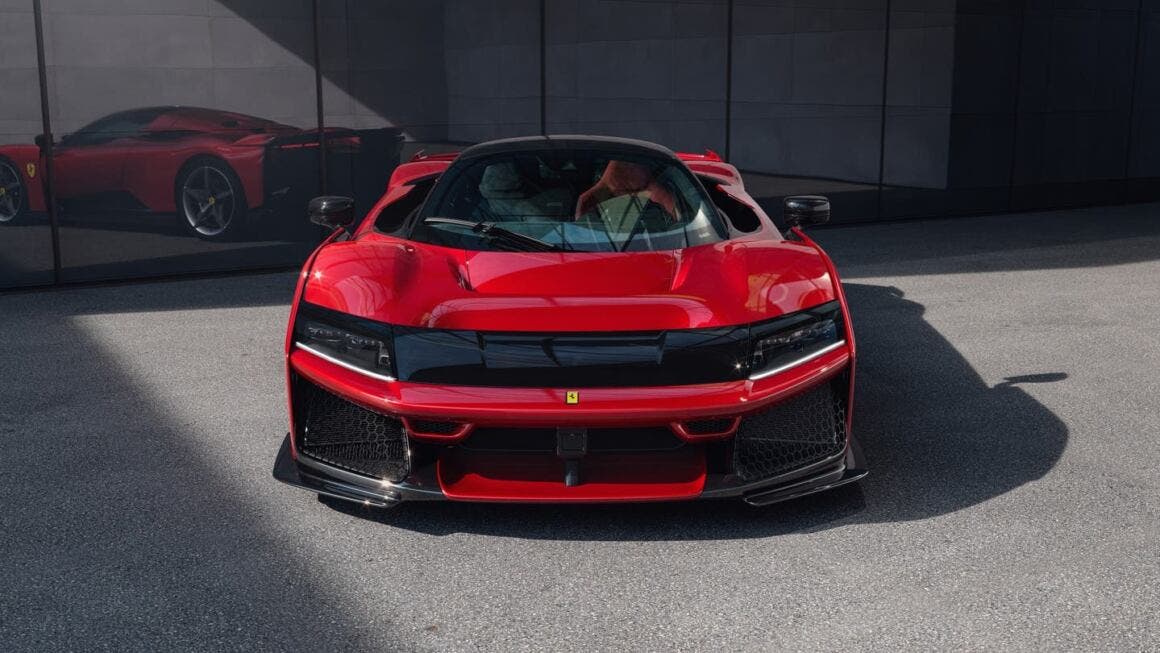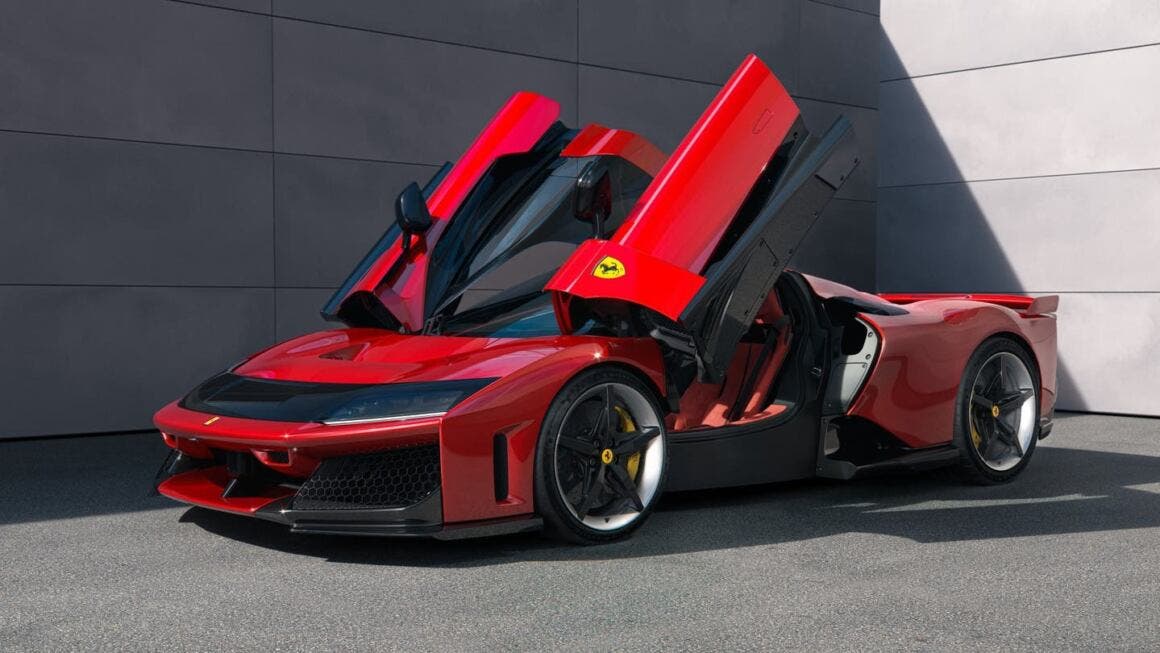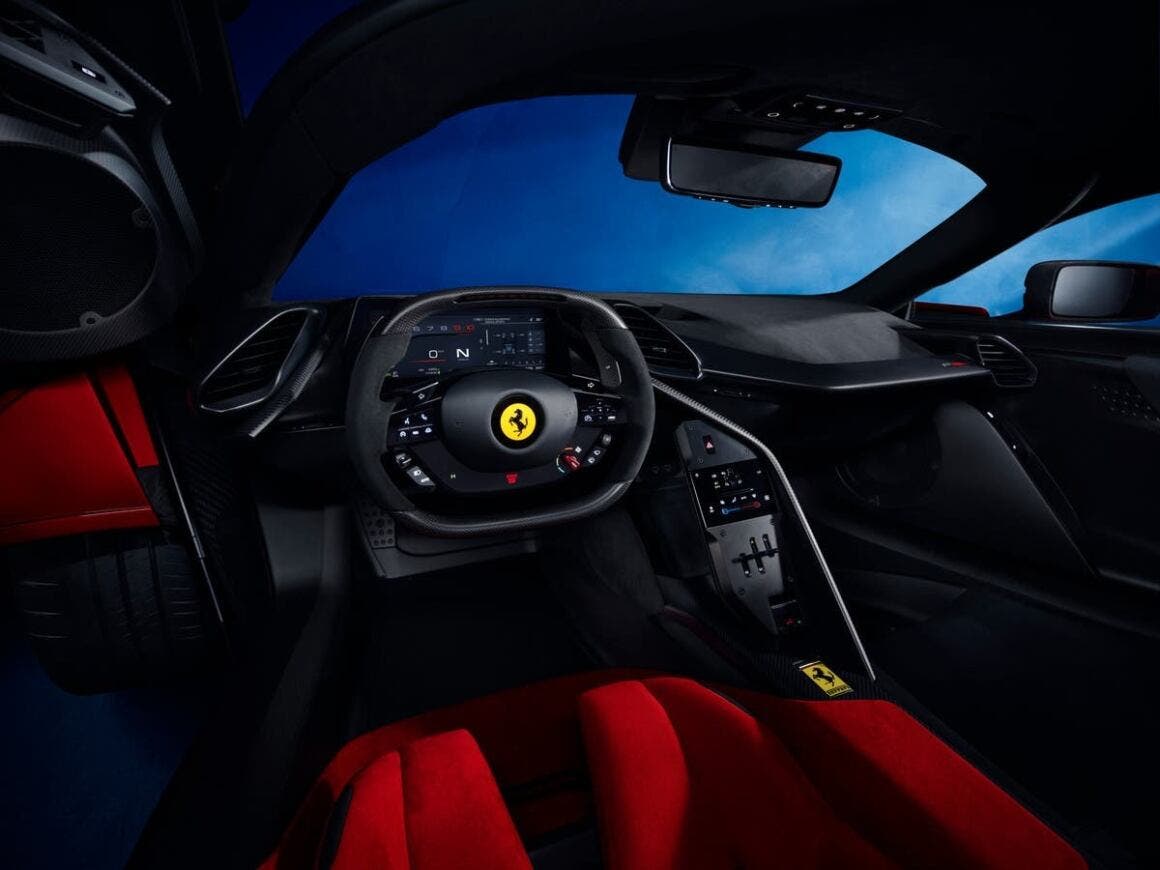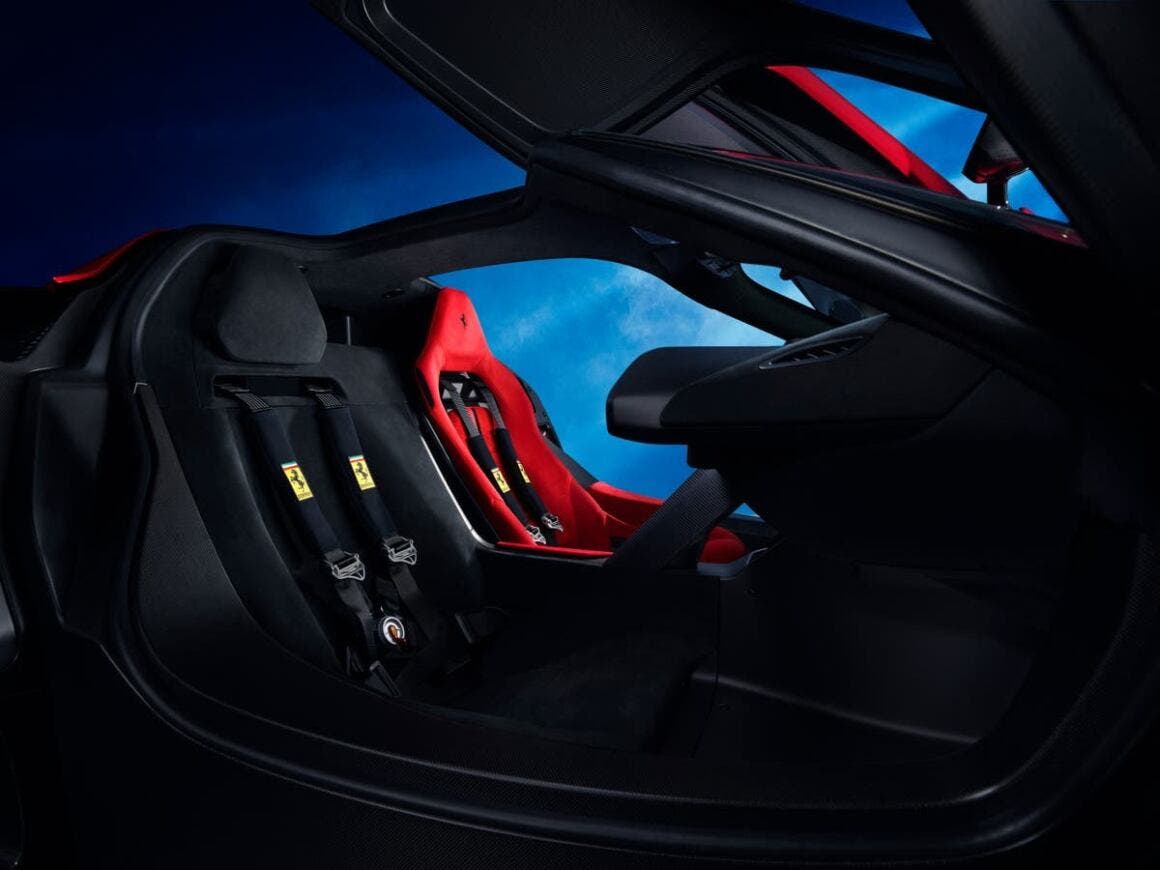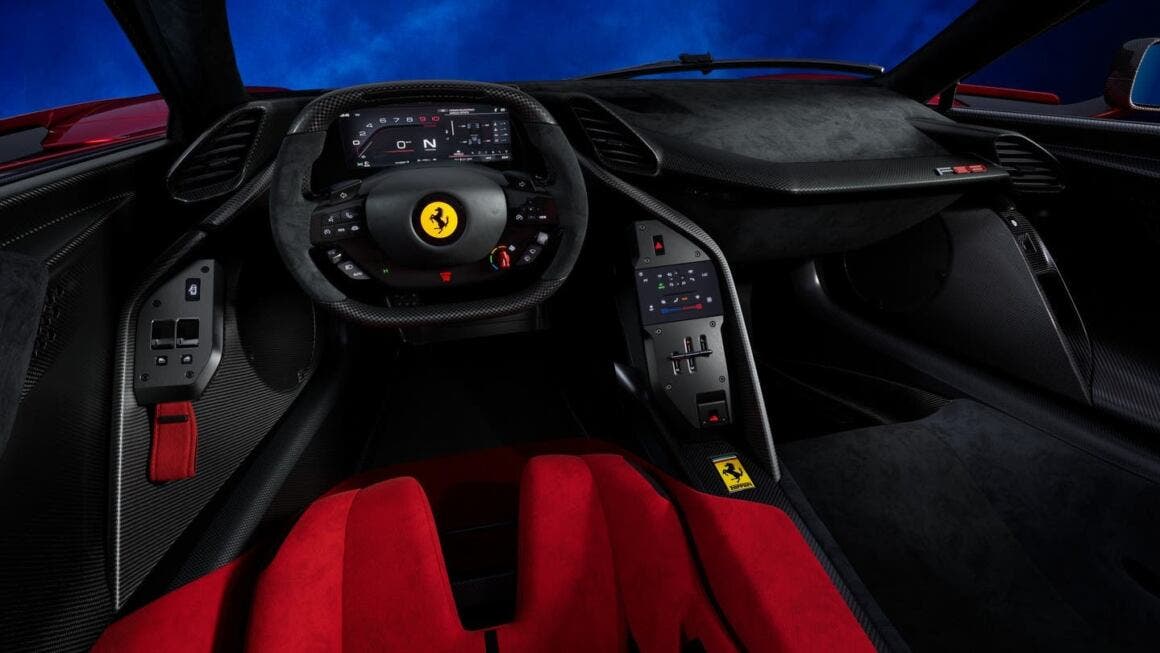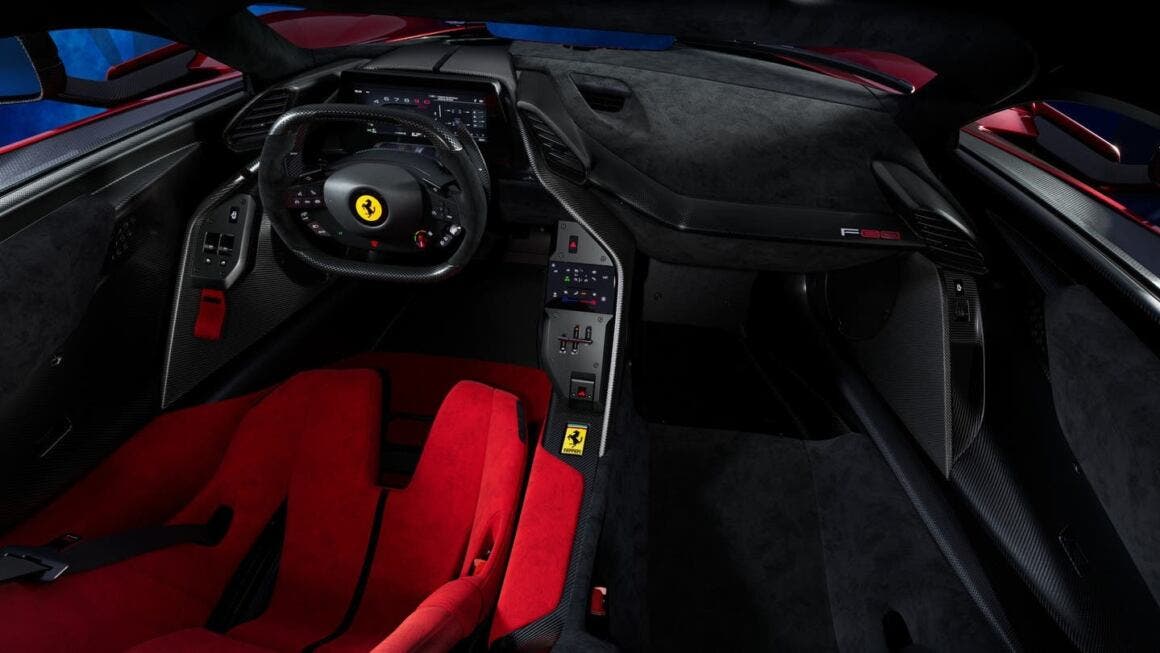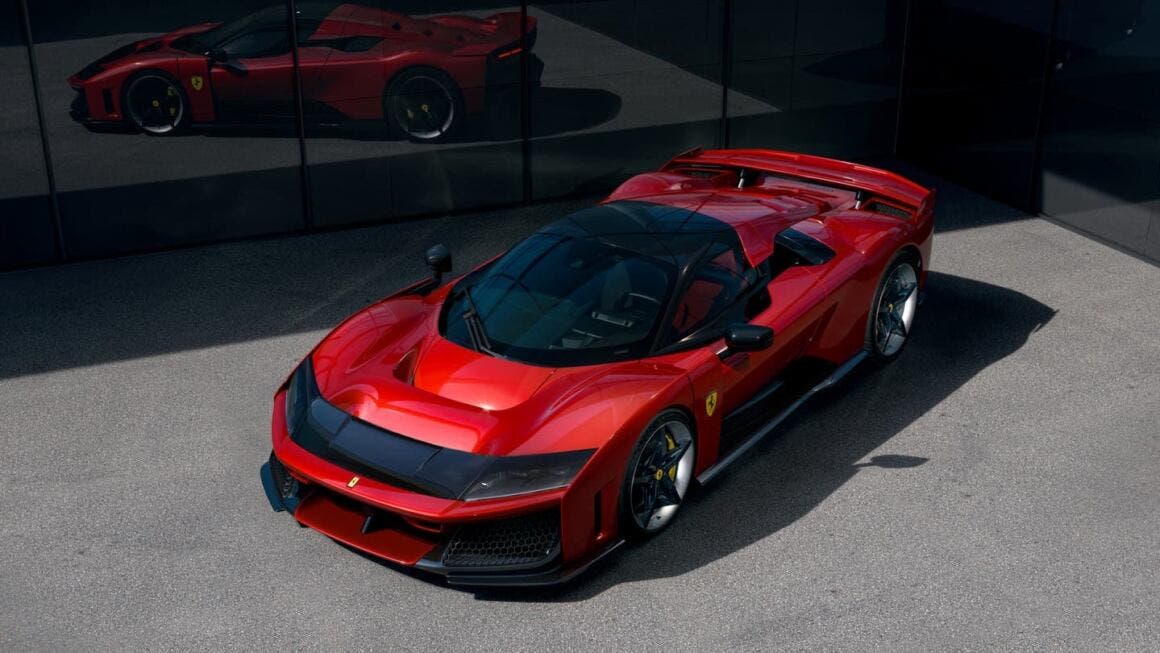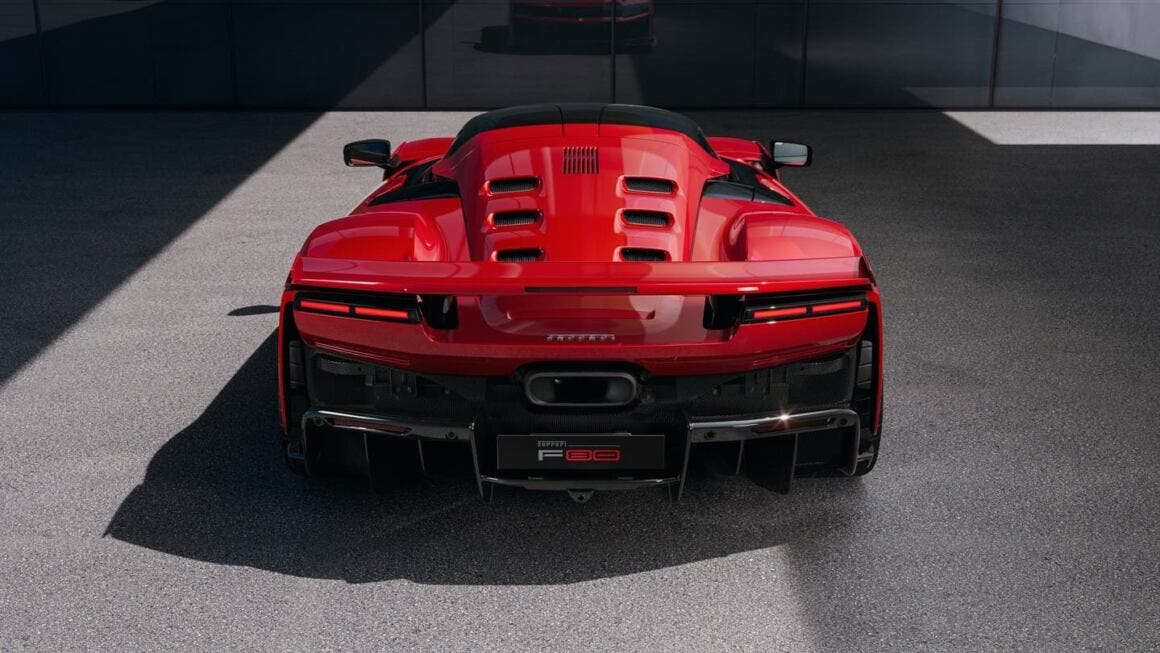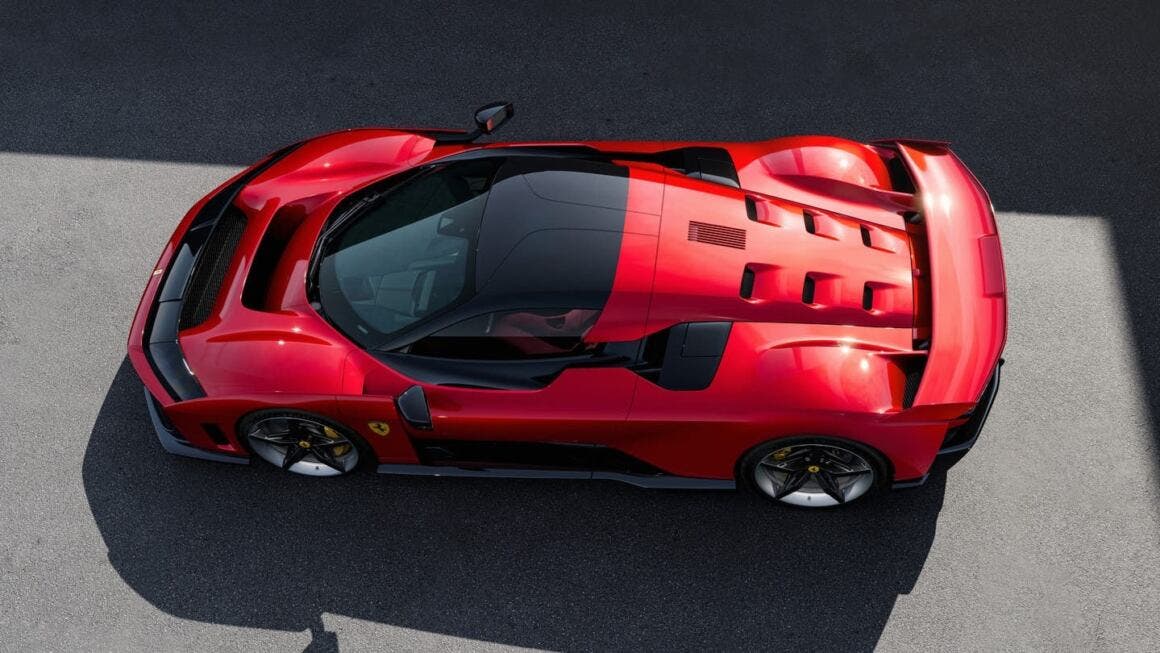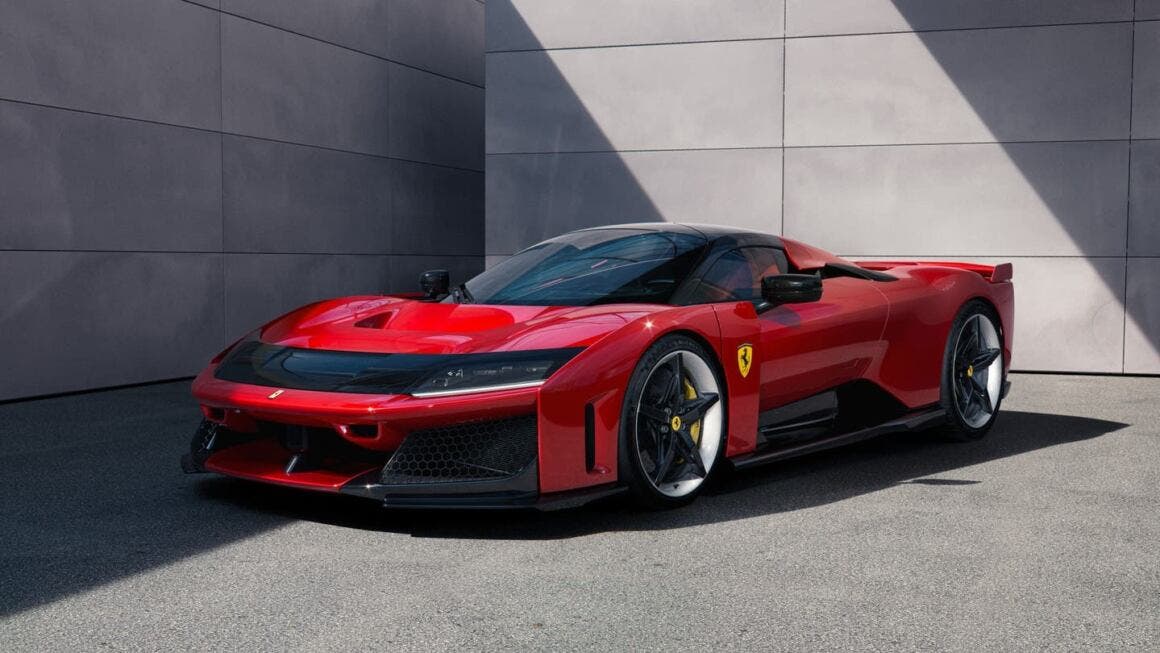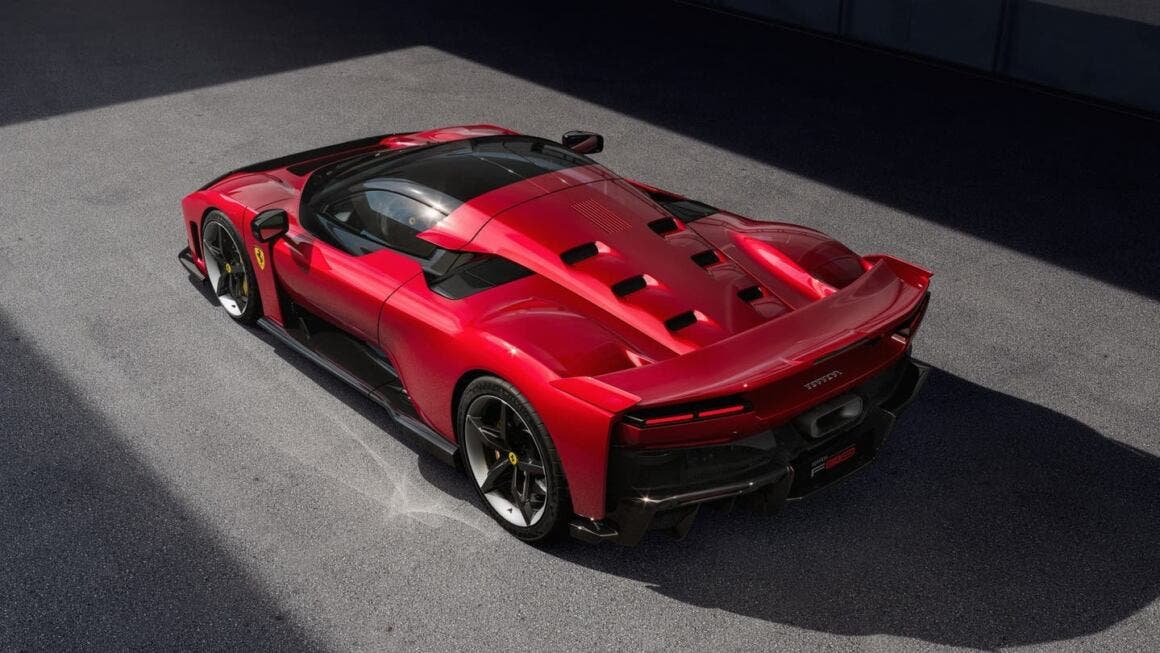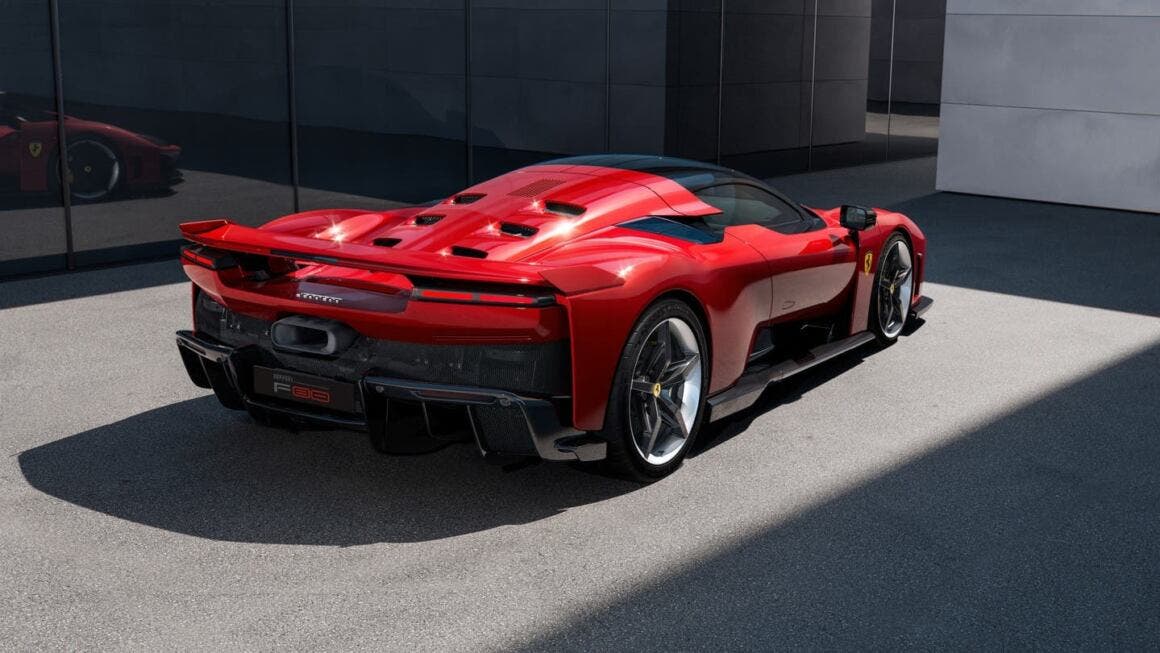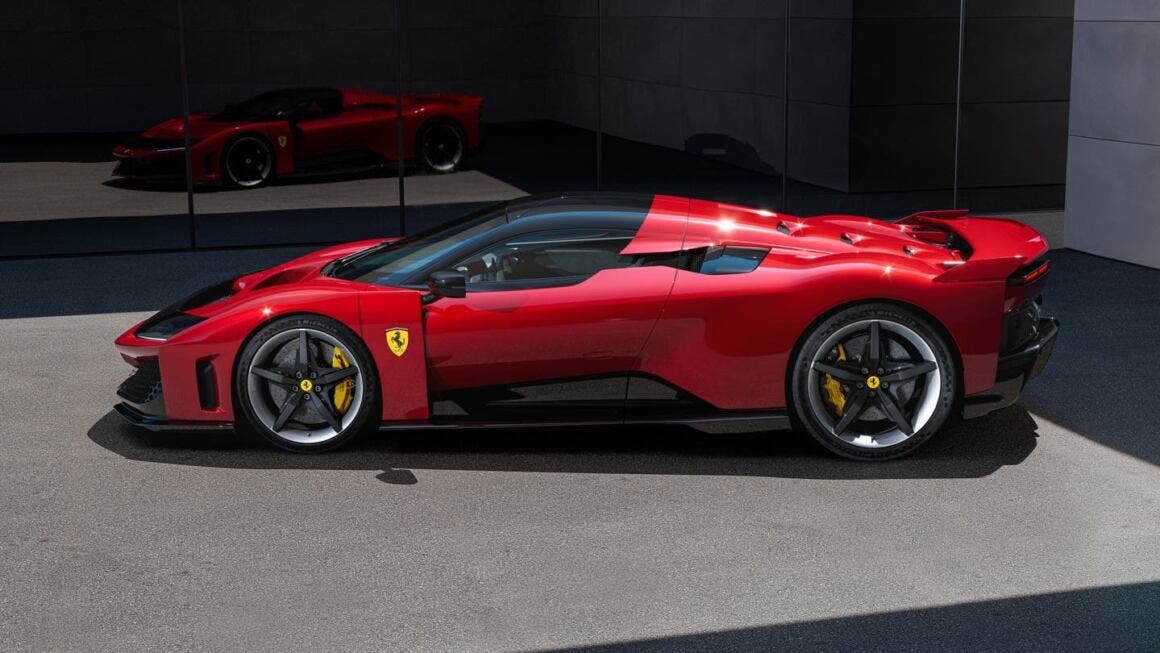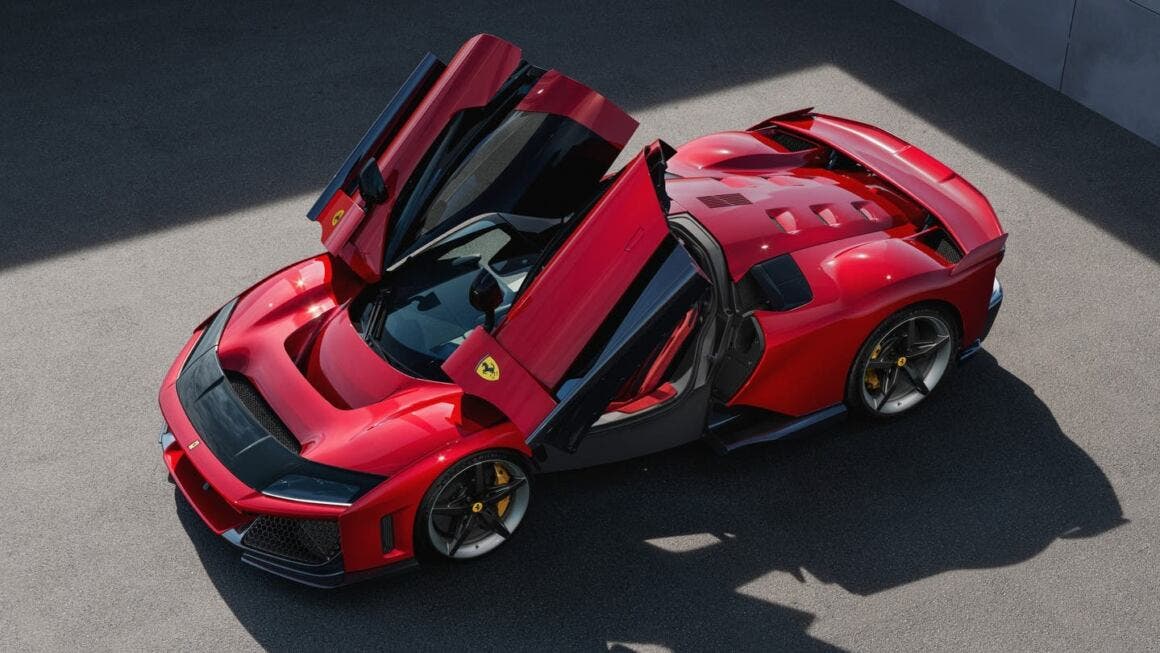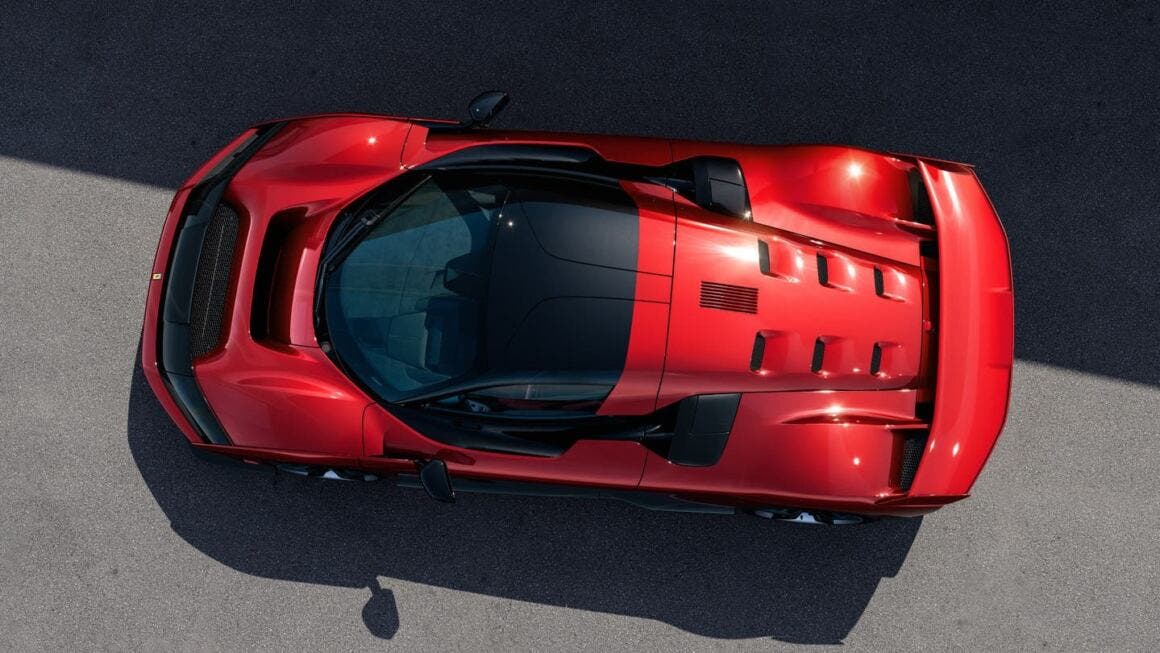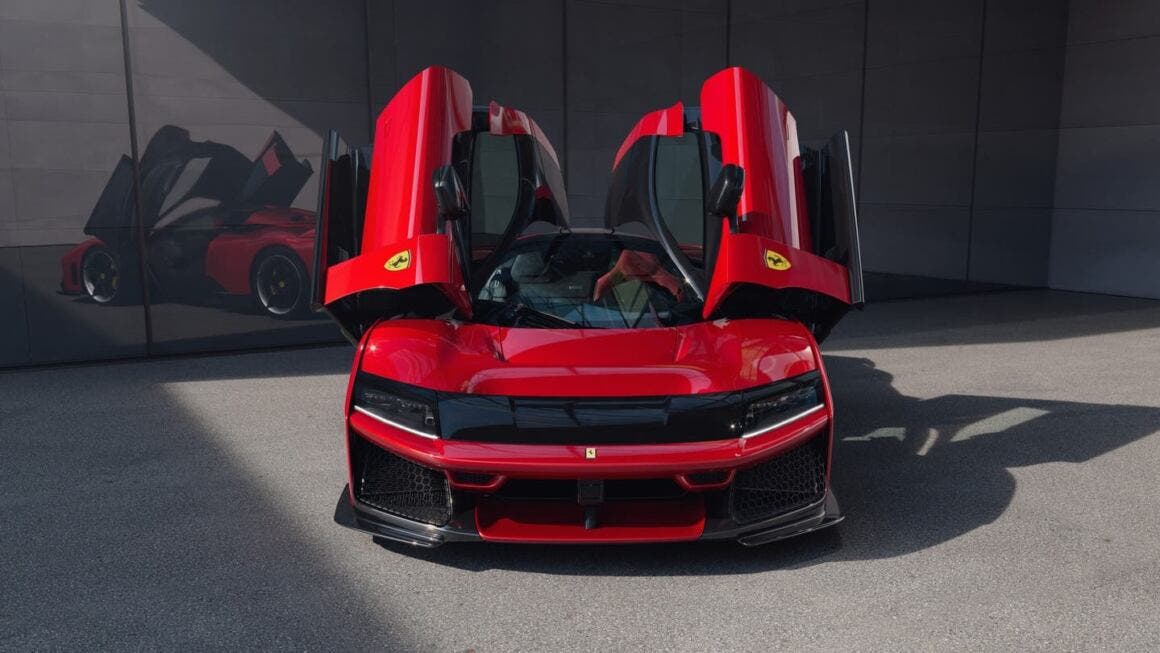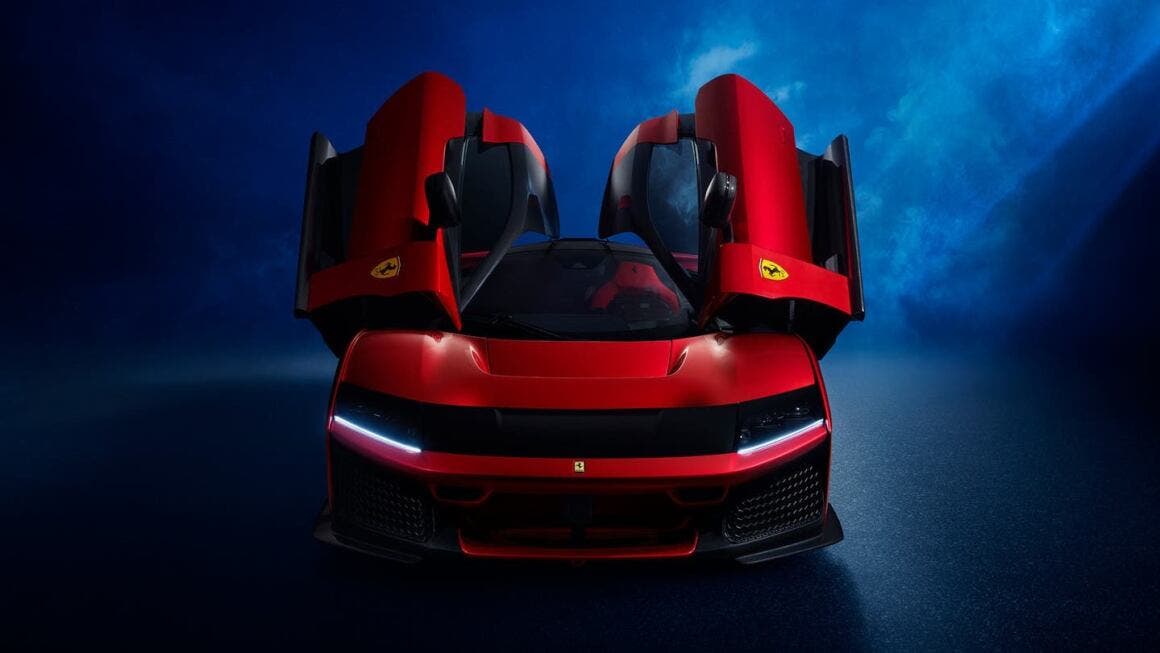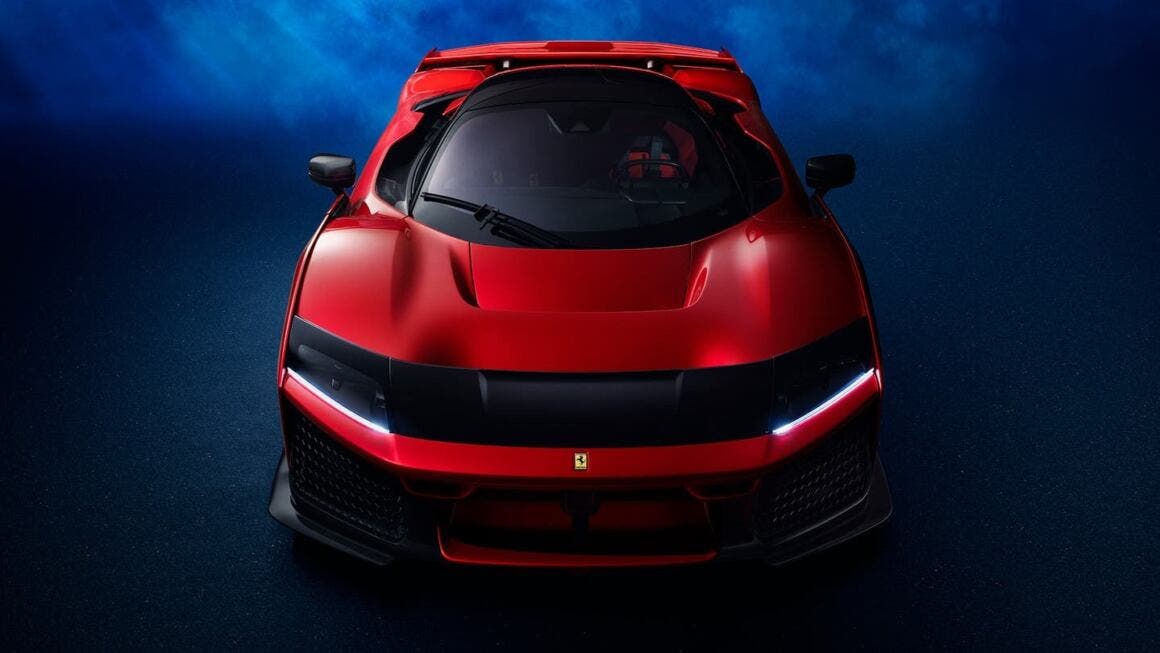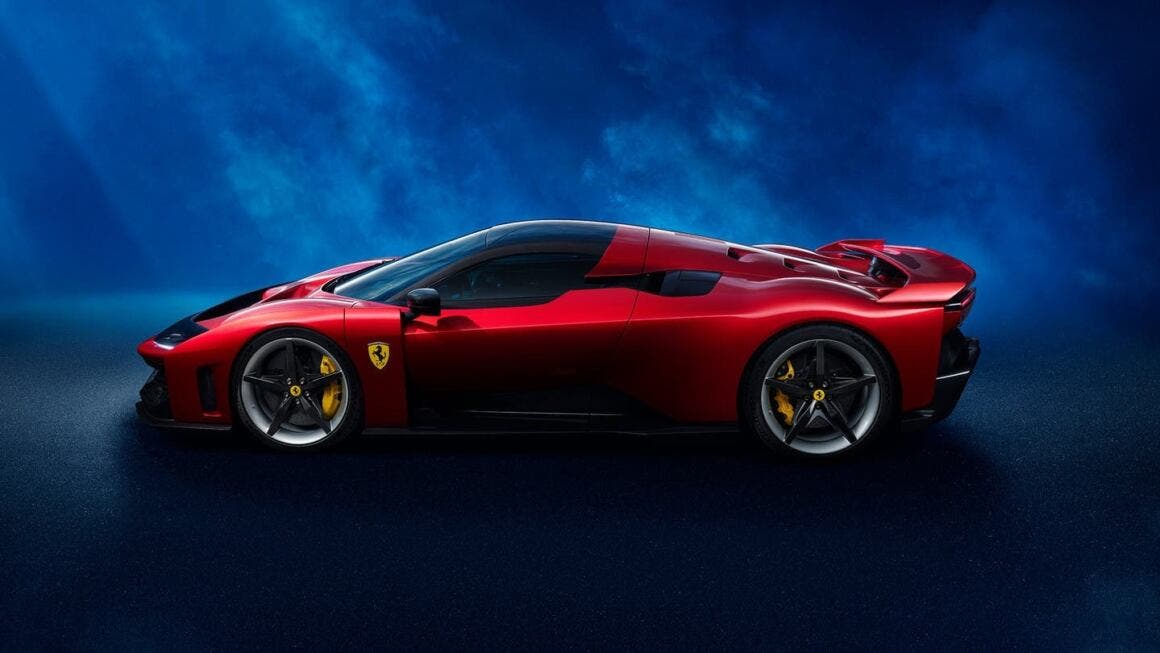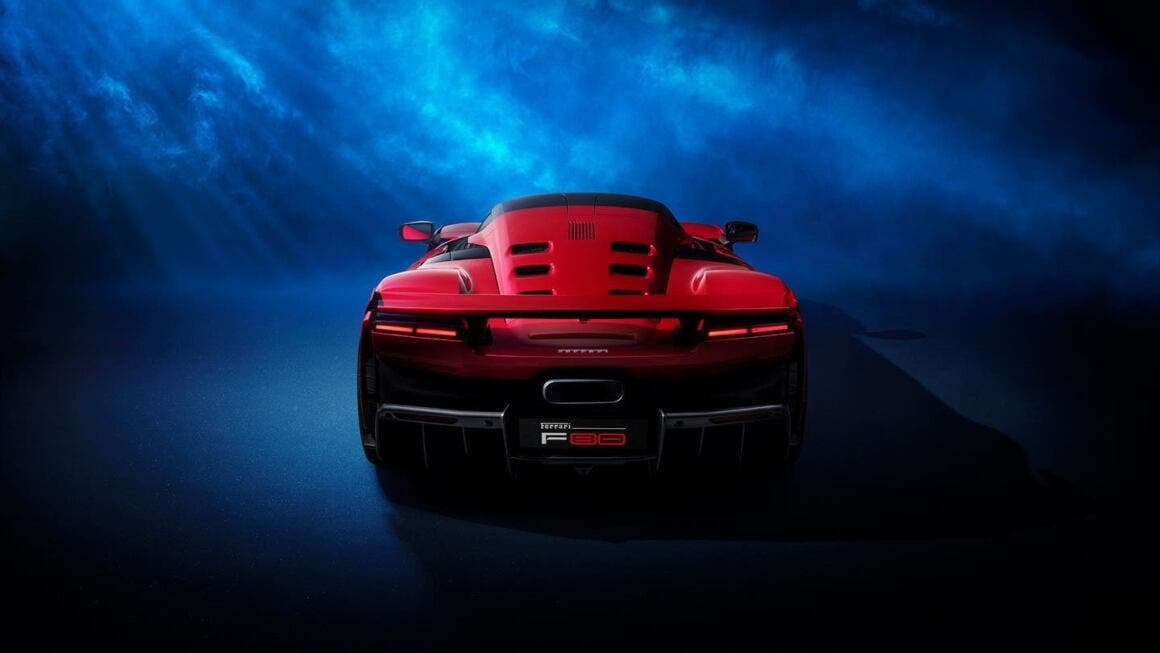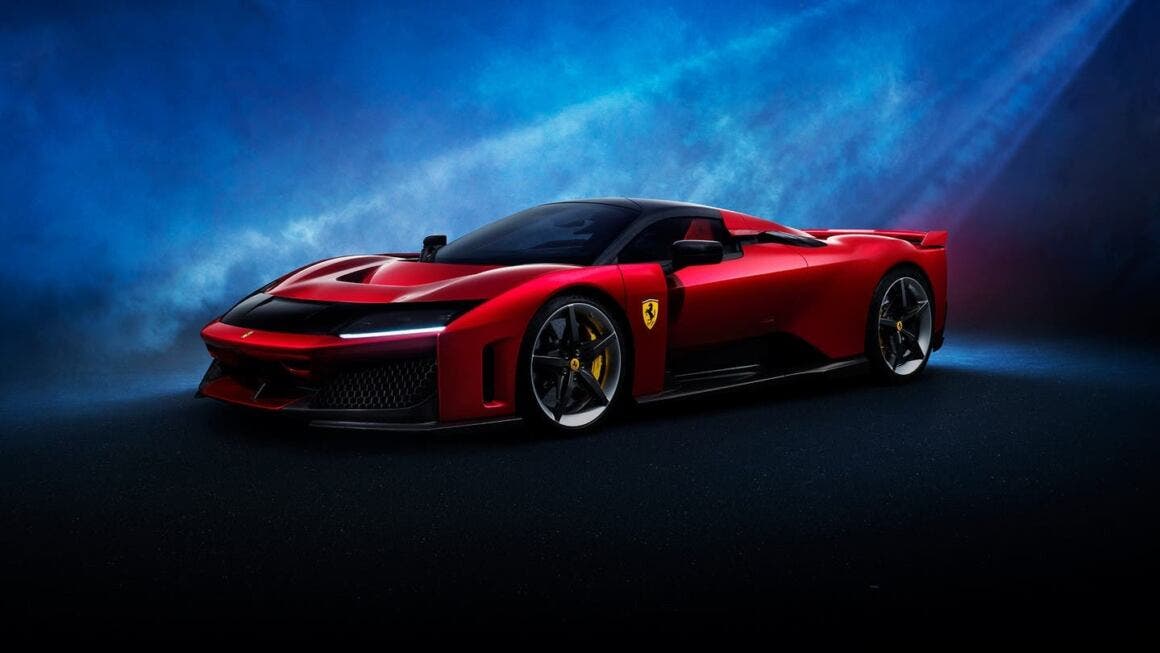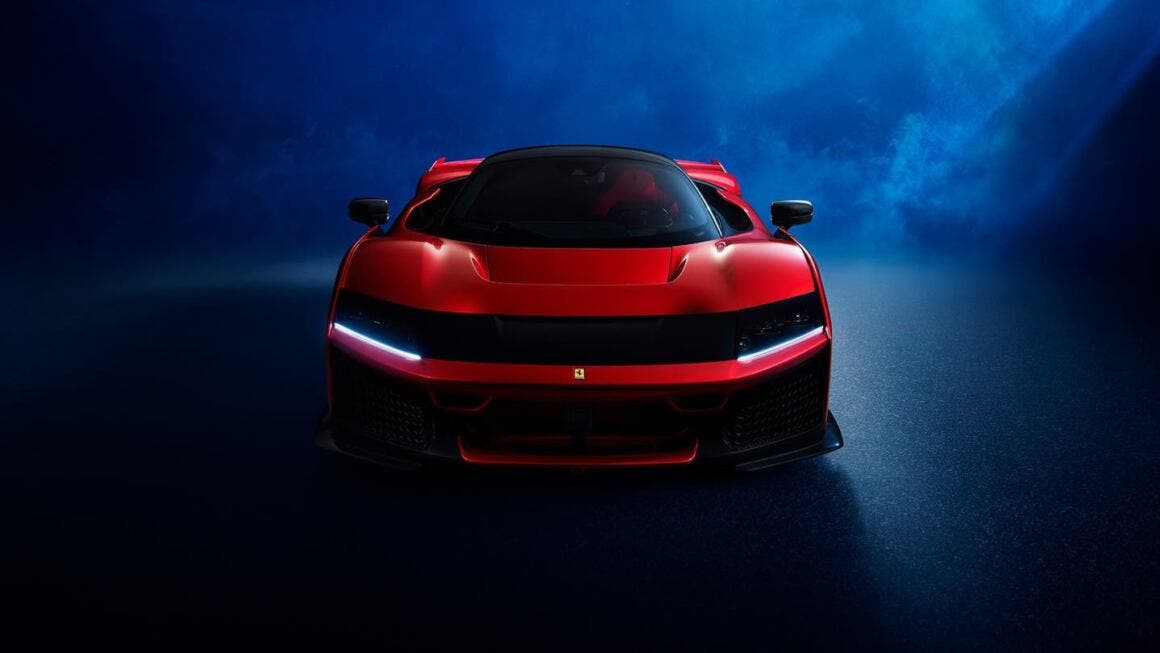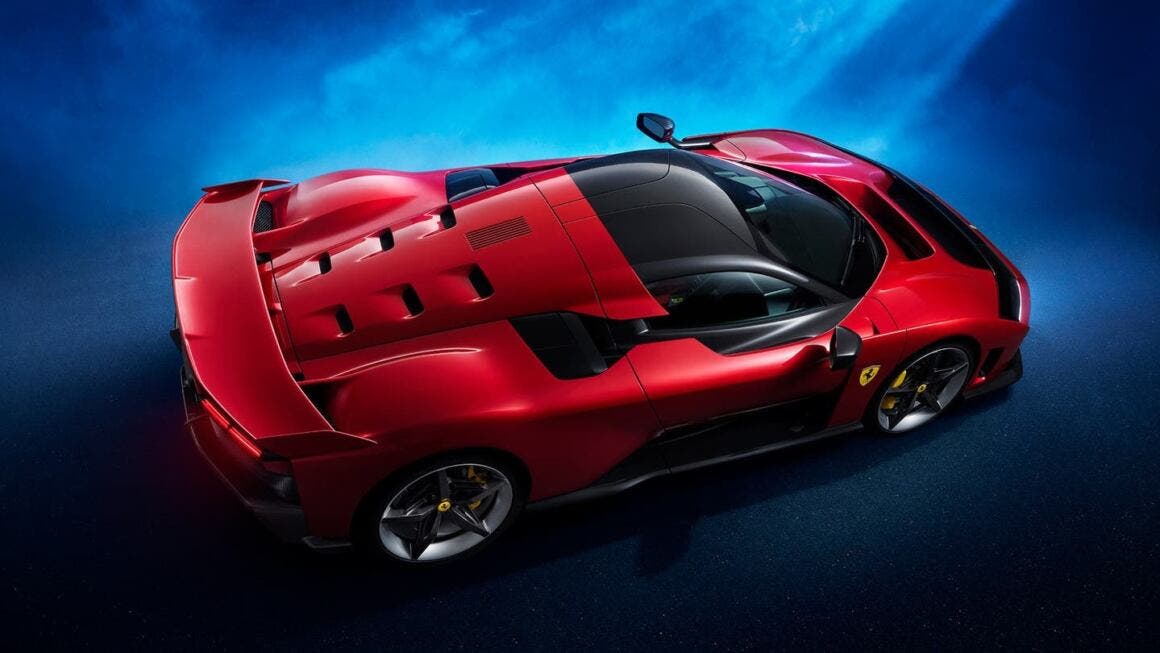It’s called the Ferrari F80 and continues the series of limited supercars from the Prancing Horse, which began with the GTO in 1984 and continued with the F40, F50, Enzo, and LaFerrari. Compared to its aforementioned sisters, the new supercar has the lowest engine configuration, but boasts much more sophisticated technology and a performance profile that sets new benchmarks for its kind. This model embodies the pinnacle of the brand’s engineering and efficiently leverages synergies with the racing world, which are part of the Maranello automaker’s DNA.
Ferrari F80: all the details of the new supercar from the Maranello automaker
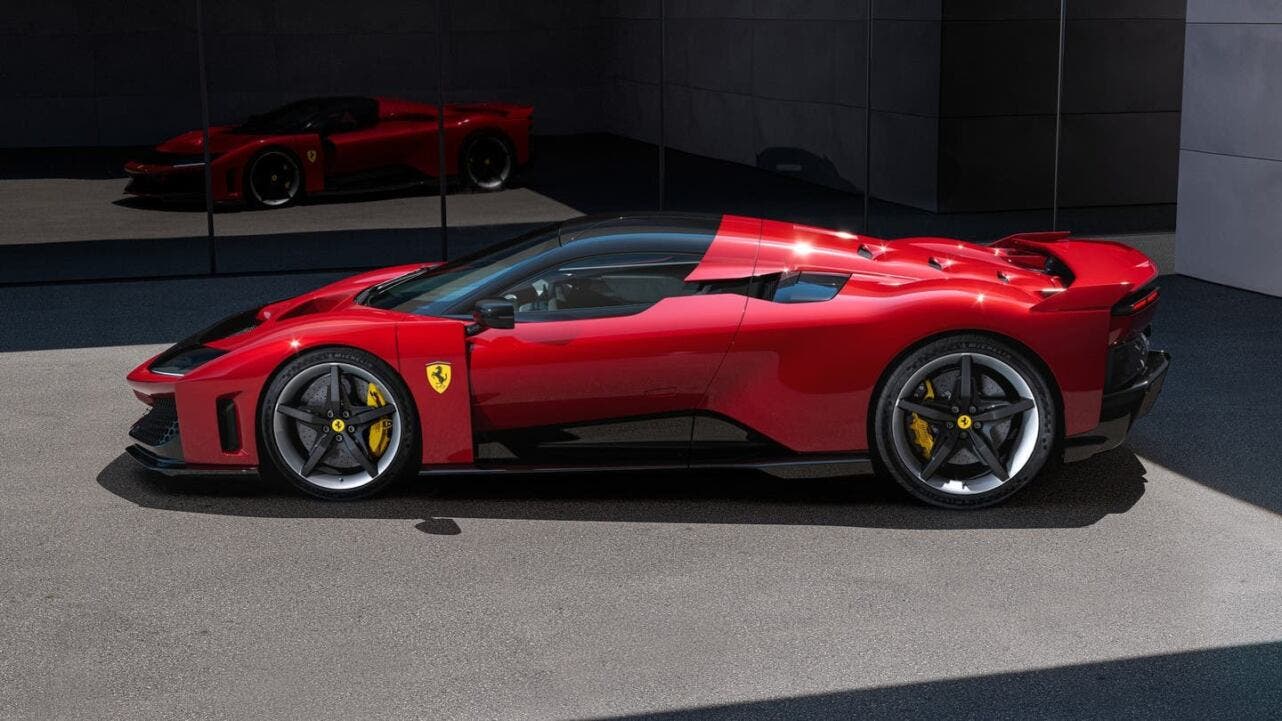
Conceived with its extreme architectures for track-worthy performance, the F80 combines this with maximum drivability. The new supercar has been designed to extract the highest level of performance without compromising comfort. The designers and testers have managed to create a road-going race car that can be enjoyed by those whose professions differ from that of a racing driver.
The dynamic energy comes from a 3.0-liter twin-turbo hybrid V6 engine, coupled with an electric component. The thermal unit delivers a whopping 900 horsepower, boasting a record-breaking specific power output of 300 horsepower per liter of displacement. The rest of the dynamic force comes from the electric part, consisting of an e-axle (e-4D) and motor (MGU-K). In total, the propulsion system delivers 1200 horsepower: never before has a road-going Ferrari reached such heights.
Acceleration from 0 to 100 km/h (62 mph) occurs in just 2.1 seconds, and from 0 to 200 km/h (124 mph) in only 5.75 seconds. The top speed reaches 350 km/h (217 mph). The energy is transmitted to the ground with the support of an 8-speed F1 dual-clutch transmission. Gear shifts are faster than thought. To counter the dynamic vigor of the Ferrari F80, a special braking system has been developed in collaboration with Brembo, composed of long carbon fibers, which guarantee better resistance (+100%) and thermal conductivity (+300%) compared to previous solutions.
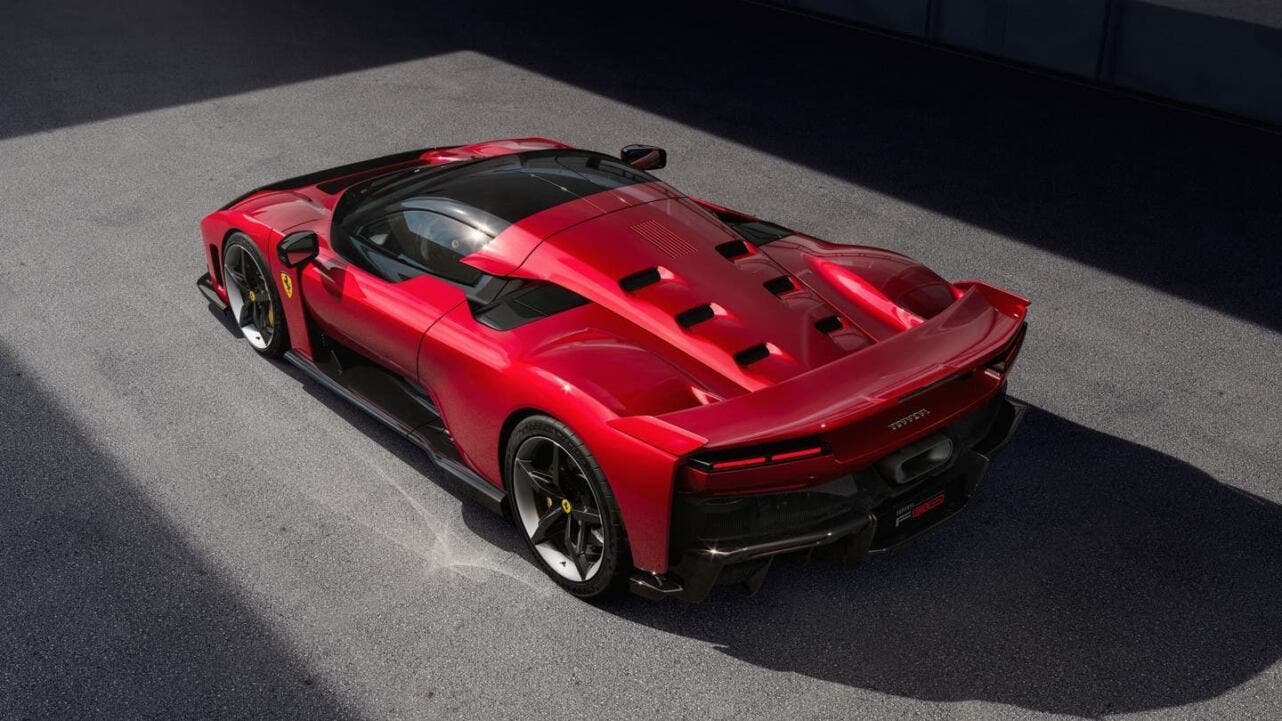
The connection with endurance racing is strong: the architecture and various components are derived from the powertrain of the 499P, winner of the 2023 and 2024 editions of the 24 Hours of Le Mans. The Ferrari F80‘s chassis is completely new. It uses a multi-material approach to put the most suitable ingredient in every element. The cell and roof are made of carbon fiber and composite materials, while the front and rear subframes utilize the qualities of aluminum, fixed to the cell with titanium screws. The car weighs 1525 kilograms (3362 lbs). The active suspension designed for this model is very effective in terms of handling, best supporting its action in various operating contexts.
The aesthetic design by Flavio Manzoni projects towards the future, taking the brand’s dialectical codes to new expressive horizons. Muscular and sculptural, this supercar is capable of entering the hearts of enthusiasts, occupying a central place. The splendor reaches its zenith in the rear section.
The stylistic study was greatly influenced by flow analysis, of fundamental importance on a “beast” of this kind. The generous S-Duct, which characterizes the central part of the F80’s hood, hides within it a triple-element wing (triplane) that directs the flow coming from the front and bottom towards the cabin and the rear wing. The latter, generously sized, has a mobile and active nature, contributing to maximum aerodynamic downforce.
In total, the downforce reaches 1050 kilograms (2315 lbs) at 250 km/h (155 mph). These are racing car figures that push the car to the ground, ensuring top-level control, even at high speeds. In terms of dimensions, here are the measurements of the new Ferrari F80: 4840 millimeters (190.5 inches) in length, 2060 millimeters (81.1 inches) in width, 1138 millimeters (44.8 inches) in height, 2665 millimeters (104.9 inches) wheelbase. Only 799 units will be produced, all already sold despite the price of about 3.6 million euros ($3.9 million).

